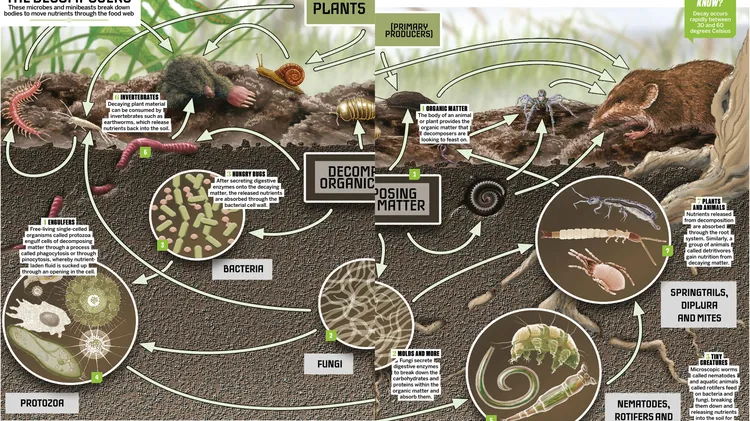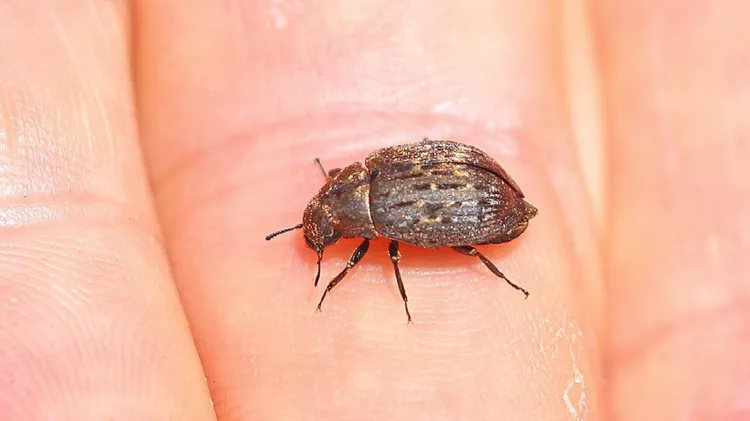Lucy Cooke on the clever bacterium that can change a woodlouse
Female of the species woodlouse
1 min read
This article is from...
Read this article and 8000+ more magazines and newspapers on Readly






